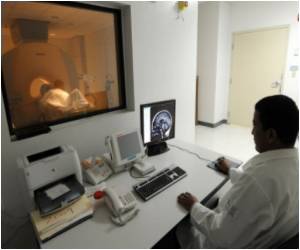A new chemical compound adds new function to stainless steel implants making them more effective material for implanted biomedical devices.

The University of Alberta campus is home to a highly multidisciplinary group of researchers, the CIHR Team in for Glyconanotechnology in Transplantation, that is looking to develop new synthetic nanomaterials that modify the body's immune response before an organ transplant. The ultimate goal is to allow cross-blood type organ transplants, meaning that blood types would not necessarily need to be matched between donor and recipient when an organ becomes available for transplantation. Developing new nanomaterials that engage and interact with the body's immune system are an important step in the process. In order to overcome the complex range of requirements and issues, the project team drew on expertise from three major areas: surface science chemistry and engineering, carbohydrate chemistry, and immunology and medicine.
For the transplantation goals of the project, sophisticated carbohydrate (sugar) molecules needed to be attached to the stainless steel surface to bring about the necessary interaction with the body's immune system. Its inherent stainless characteristic makes stainless steel a difficult material to augment with new functions, particularly with the controlled and close-to-perfect coverage needed for biomedical implants. The Edmonton-based team found that by first coating the surface of the stainless steel with a very thin layer (60 atoms deep) of glass silica using a technique available at the National Institute for Nanotechnology, called Atomic Layer Deposition (ALD), they could overcome the inherent non-reactivity of the stainless steel. The silica provide a well-defined "chemical handle" through which the carbohydrate molecules, prepared in the Alberta Ingenuity Centre for Carbohydrate Science, could be attached. Once the stainless steel had been controlled, the researchers demonstrated that the carbohydrate molecules covered the stainless steel in a highly controlled way, and in the correct orientation to interact with the immune system.
"We are immensely pleased with this progress. We have every expectation that this set of steps creating novel tools for immune system engagement will lead us closer to clinical application aimed at preparing patients for successful organ transplants." stated Dr. Lori West, Professor of Pediatrics, Surgery and Immunology, and Director of Heart Transplant Research at Univ. of Alberta.
Source-Eurekalert













